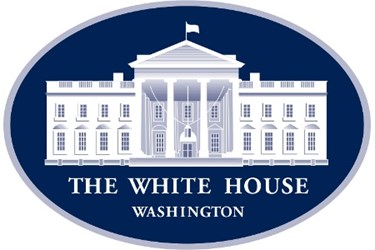White House Unveils Anti-Superbug Strategy
By Jof Enriquez,
Follow me on Twitter @jofenriq

The White House recently unveiled a five-year roadmap for federal agencies to combat the growing problem of drug-resistant bacteria. The announcement comes in the wake of several high-profile superbug outbreaks that have sickened and killed patients, including two incidents in Los Angeles linked to contaminated duodenoscopes.
Citing data from the U.S. Centers for Disease Control and Prevention (CDC), the White House said in a recent press release that drug-resistant bacteria is linked to approximately 23,000 deaths and 2 million illnesses each year in the United States. In response, the White House is implementing a five-year comprehensive plan that outlines critical actions to be taken by key federal departments and agencies to stem the rise of antibiotic-resistant bacteria.
The National Action Plan for Combating Antibiotic-Resistant Bacteria [PDF] seeks to:
- Slow the emergence of resistant bacteria and prevent the spread of resistant infections
- Strengthen national one-health surveillance efforts to combat resistance
- Advance development and use of rapid and innovative diagnostic tests for identification and characterization of resistant bacteria
- Accelerate basic and applied research and development for new antibiotics, other therapeutics, and vaccines
- Improve international collaboration and capacities for antibiotic-resistance prevention, surveillance, control, and antibiotic research and development
As stated in the comprehensive plan, the use of innovative diagnostic tests is a key goal in reducing drug-resistant bacteria.
“Researchers are taking advantage of new technologies to develop rapid ‘point-of-need’ diagnostic tests that can be used during a healthcare visit to distinguish between viral and bacterial infections and identify bacterial drug susceptibilities — an innovation that could significantly reduce unnecessary antibiotic use,” the press release stated.
The plan establishes a target that by 2020, point-of-need diagnostic tests that rapidly distinguish between bacterial and viral infections should become widely available. It also calls for the creation of a regional public health network called the Detect Network of AR Regional Laboratories for resistance testing, a specimen repository for resistant bacterial strains, and a National Sequence Database of Resistant Pathogens.
All 50 states are also encouraged to create State Antibiotic Resistance (AR) Prevention (Protect) Programs to monitor multidrug resistant organisms and provide feedback and technical assistance to health care facilities.
The White House said the plan has been allocated a federal funding of $1.2 billion — nearly double the previous amount of federal funding for past programs to curb drug-resistant bacteria. The boost in funding could make this latest plan more successful.
“It is the boldest move against antibiotic resistance by any U.S. administration ever,” Kevin Outterson, a Boston University law professor, researcher and author on antibiotic resistance, recently told the Wall Street Journal.
Congressional approval is needed to appropriate the funds, but the chairman of a key Senate committee on health issues is optimistic.
“The President has focused on a real concern....The Senate health committee already is working to help spur the development of new and effective antibiotics. I look forward to reviewing the details of the President’s plan,” Sen. Lamar Alexander (R., Tenn.), said in a statement, according to the WSJ.
The comprehensive plan was developed by the interagency Task Force for Combating Antibiotic-Resistant Bacteria in response to President Obama’s Executive Order 13676: Combating Antibiotic-Resistant Bacteria, which was issued last year.
Outgoing U.S. Food and Drug Administration (FDA) Commissioner Margaret A. Hamburg, M.D, lauded the administration’s effort in a previous blog post and affirmed the FDA’s “key role in the development of this important effort.”
“It is a high priority for FDA to work with our partners to find solutions for this serious public health problem,” she added.
Superbug outbreaks in multiple U.S. states have given the government’s strategy greater impetus. In the most recent cases, the FDA found out that the manufacturer of reusable duodenoscopes implicated in the infections failed to get market clearance for their product. The manufacturer has argued that there was no need to get clearance, but has since issued new cleaning instructions for its duodenoscopes.
The FDA has also issued a warning, as well as final guidance on reprocessing of reusable medical devices.
